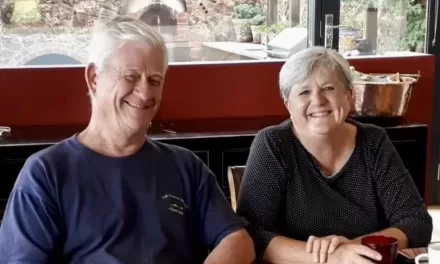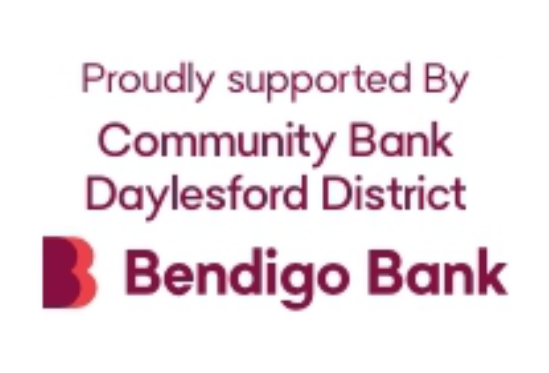The Minister for Planning, Hon Lizzie Blandthorn MP, has announced state government funding of $500,000 to support progression of a bid for World Heritage Listing for the Central Victorian Goldfields Region.
The Central Victorian Goldfields World Heritage listing bid project is a partnership between thirteen local governments, regional organisations, academia and the private sector on behalf of the Central Victorian Goldfields community. The aim of the bid is to raise the profile of the Central Victorian Goldfields, accelerate regional recovery and provide long-term economic, social and cultural benefits for the Central Victorian Goldfields region through World Heritage listing and targeted investment.
The Local Government partnership includes the following Councils:
- Ararat Rural City
- Campaspe Shire
- Central Goldfields Shire
- City of Ballarat
- City of Greater Bendigo
- Golden Plains Shire
- Hepburn Shire
- Loddon Shire
- Macedon Ranges Shire
- Moorabool Shire
- Mount Alexander Shire
- Northern Grampians Shire
- Pyrenees Shire
The $500,000 was received through Regional Development Victoria’s Investment Fast-Track Fund, which takes projects from the ideas phase to become investment and development-ready, supporting planning, design and business case works for councils, community organisations and the private sector. The local government partnership is contributing an additional $125,000 toward the cost of developing a plan.
In order to receive World Heritage listing, the Central Goldfields must first argue to be included in Australia’s Tentative List of World Heritage nominations. To be included, the partnership must demonstrate Outstanding Universal Value of the region.
The Cornwall and West Devon mining landscape was the first such area to be recognised as a World Heritage site in 2006.
The significance of the Central Goldfields lies in the social and cultural consequences of the gold rush as much or more so than any technological advances or surviving infrastructure. The physical remains of the gold rush era are mostly ruins of mining sites, machinery footings and landscapes dotted with mine shafts.
The funding will enable critical work to be commissioned. This will help identify sites that may have the attributes needed to make the World Heritage list, as well as detail the investment needed to optimise regional economic benefits, create new jobs and help strengthen the region after the COVID-19 pandemic and recent flooding events.
The project includes identifying a series of ‘World Heritage Journeys’ to ensure visitors to the region will be able to explore all of the region’s heritage and visitor experiences.
The aim of the plan is to unlock the full potential of the region, broadening economic opportunities by bringing new jobs, investment, and tourism, and raising the social and economic profile of the region. This region represents close to half-a-million people encompassing nearly 40,000 square kilometres, a considerable, 17 per cent of the state.
The World Heritage Listing and World Heritage Journeys have the capacity to support Victoria’s 2026 Commonwealth Games and deliver a tangible long-term legacy for the region. Experience in the United Kingdom has demonstrated that spectators want to travel beyond the host cities, and the private sector needs a reason beyond the ‘sugar hit’ of the Games to invest in new accommodation to support increased visitor numbers.
An Economic Benefit Assessment, released 6 October 2022, identified that the World Heritage Listing will bring many benefits including an additional 2.2 million visitors, over the first 10 years, better conservation of and more investment in the region’s significant heritage places and increase the attractiveness of the region for new residents as a place to live and work.
Importantly, the report highlights the capacity of World Heritage listing plus targeted infrastructure investment to spread tourism benefits more evenly across the region, not just in the major tourist areas of Ballarat and Bendigo.











